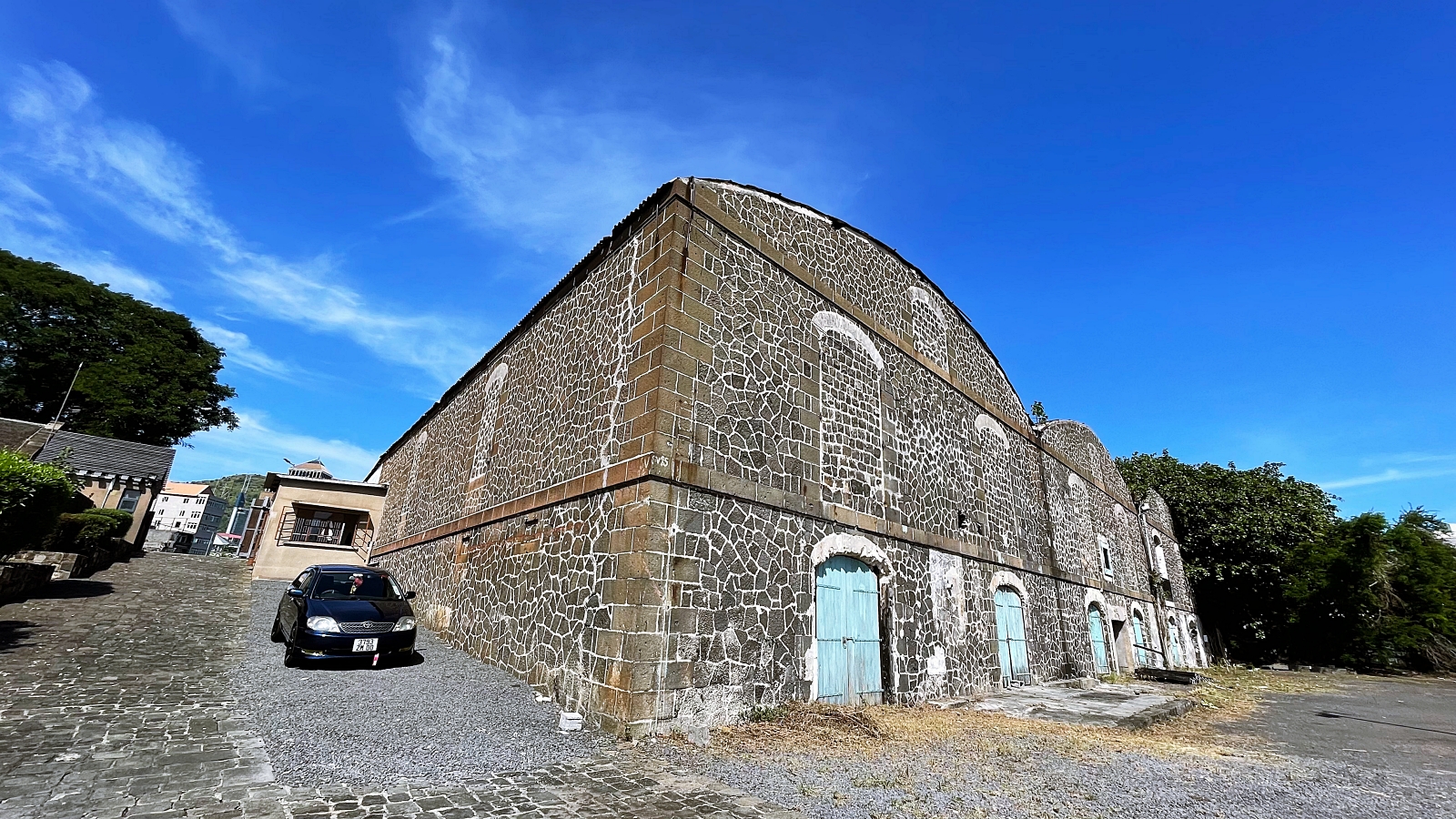“The Aapravasi Ghat is where the ancestors of nearly 70% of Mauritius’ population arrived on the island from 1849 to the 1920s. After the independence of Mauritius in 1968, the Aapravasi Ghat was gradually recognized as an important landmark in Mauritian history”, is the text printed above a photo of Indira Gandhi in 1978.
A dark red sign with white letters marks the entrance to Aapravasi Ghat, Mauritius. The brick walls on both sides appeared a few steps. These come from the original location as it was between 1834 and 1920 when it had nearly half a million indentured slaves shipped from India to work in the sugar fields of Mauritius, or relocated to Reunion, Australia, South and East Africa, or caribbean. The circular sign has a rectangular reminder with a child’s footprint engraved on it, marking the landing point of the indentured migrants in the clearing.
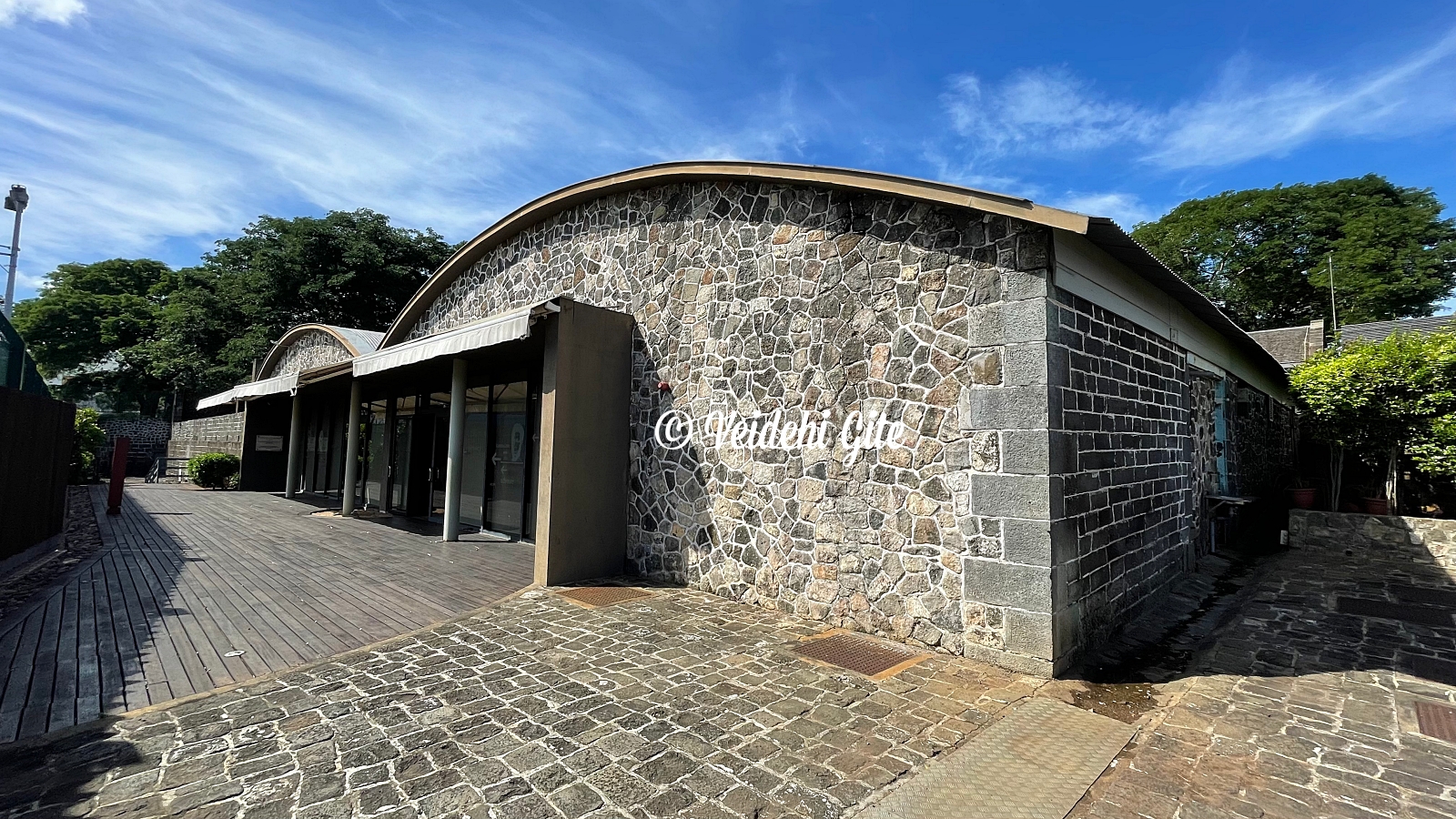
On the other hand, the museum, a UNESCO World Heritage Site, is a modern, air-conditioned institution that houses the remains of a horrific past. Aapravasi Ghat is close to the Mauritius Postal Museum and faces the harbour. If you face the port; the museum is on the right and the building on the left is probably one of the original. Two circular figures meander on the stone rails and stop on the ceiling. However, when you enter the building, everything flattens out. Inside the museum, I met my guide at the glass booth.
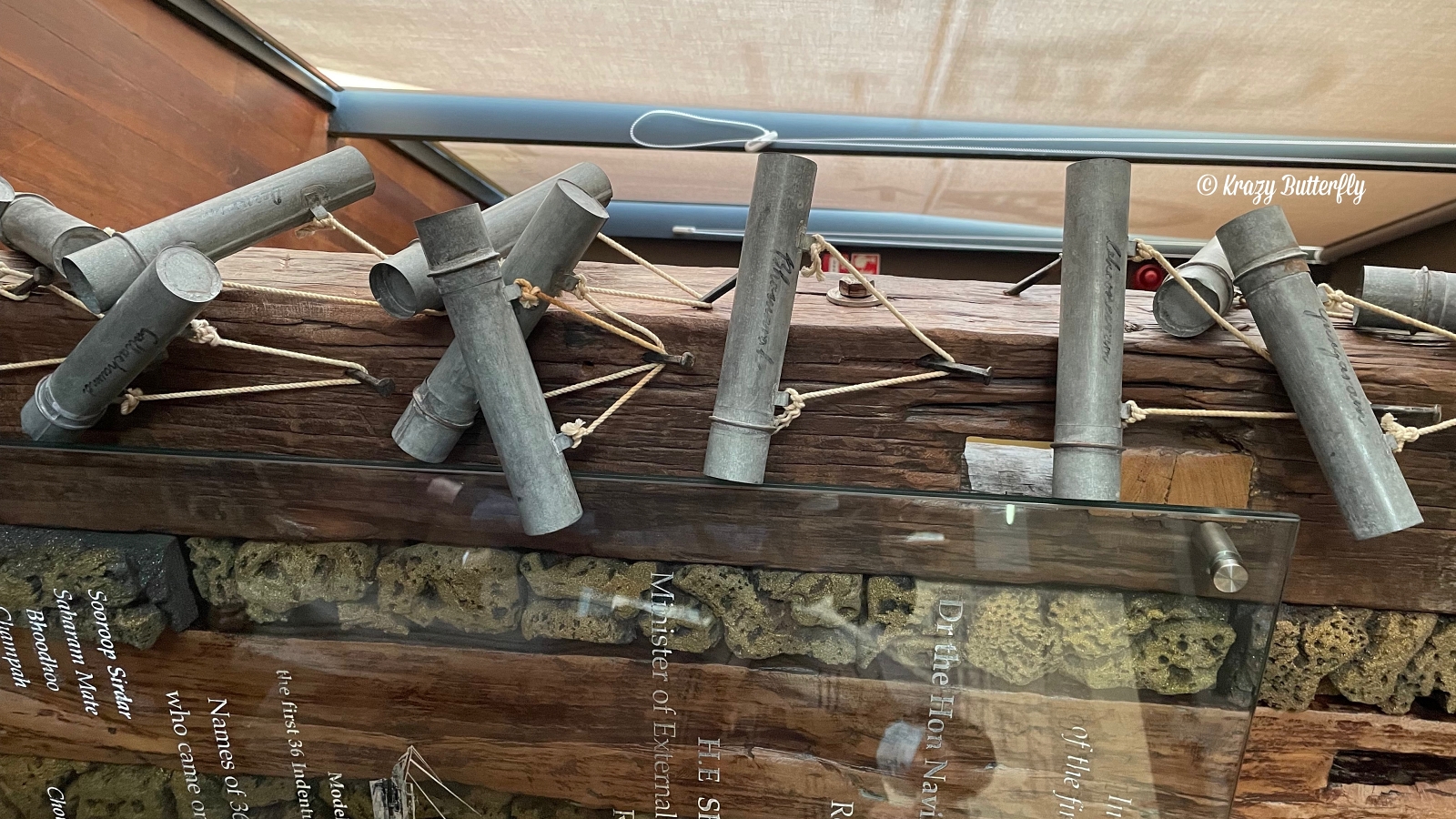
Throwing stones from the original site adorn the bottom of the piece, and my guide was quick to point out that ropes at the top of the adornment tied the cylindrical aluminum container. Each container is marked with a name because these were some of the personal belongings of immigrants who were staying at the facility at the time. As the tour began, a sense of frustration set in. What if I am one of them? It’s an ongoing thought that runs through your mind. A child earns 2.50 cents a day, a woman 3 cents a day, and a man 5 cents a day, but it takes all the grace, miracles and compassion of God to end slavery.
Memories of slave and master tools, ceramics, and other personal items unfold one by one as we move from room to room. The first billboard I came across was Trou Fanfaron. Nicolas Huet, a coal merchant from Saint-Malo, France, is known as Fanfaron, and Trou Fanfaron Bay near Port Louis, where the World Heritage Site Aapravasi Ghat is located, may be named after him. The logo leads to another that heralds the development of the site over time.
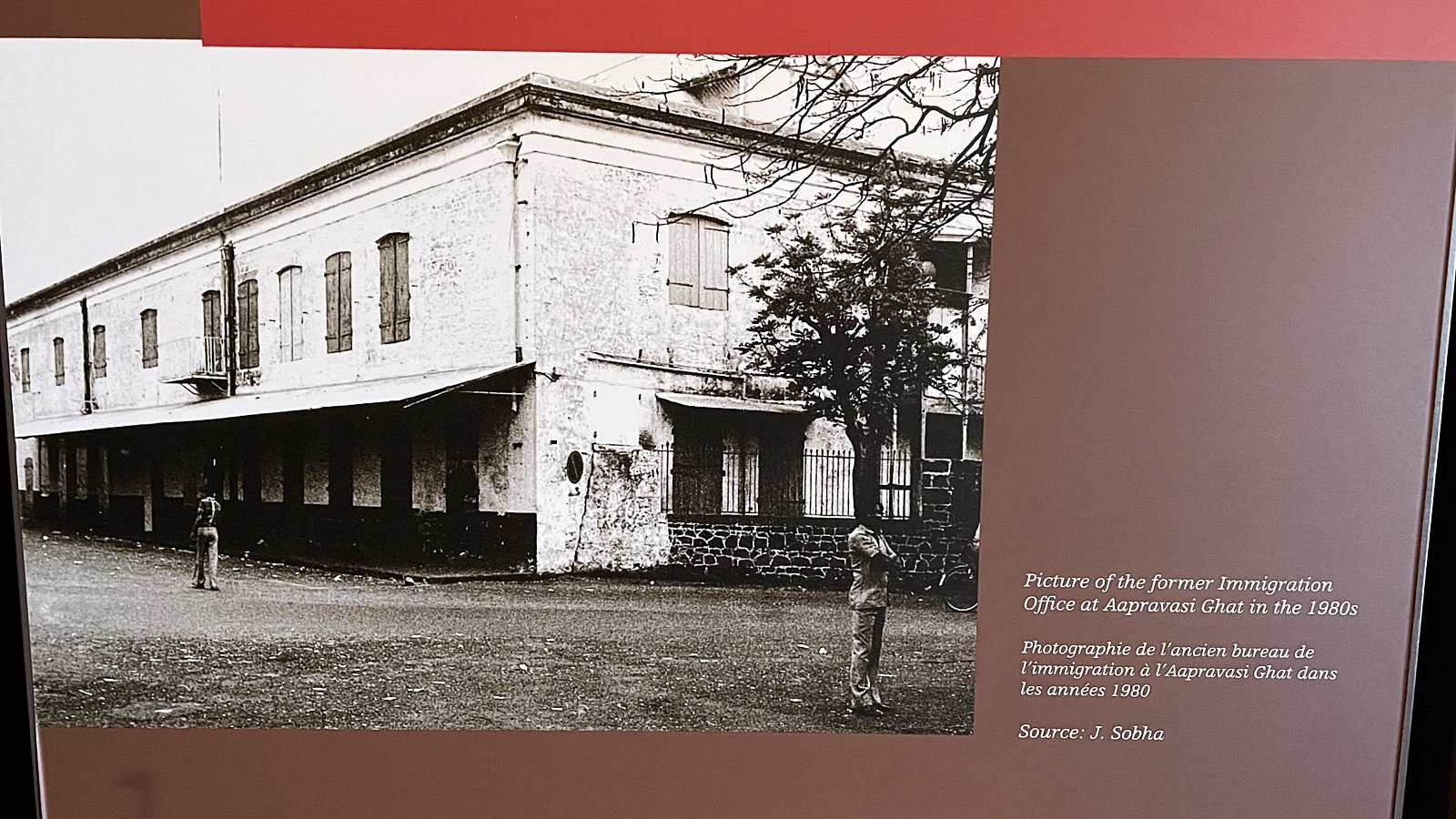
This wall of fame is dominated by old black and white photos. The stone statue of Beekrumsingh Ramllallah is next to the sign. Beekrumsingh Ramllallah organised the first public ceremony at Coolie Ghat in 1978 to honour the indentured labourers who landed there.
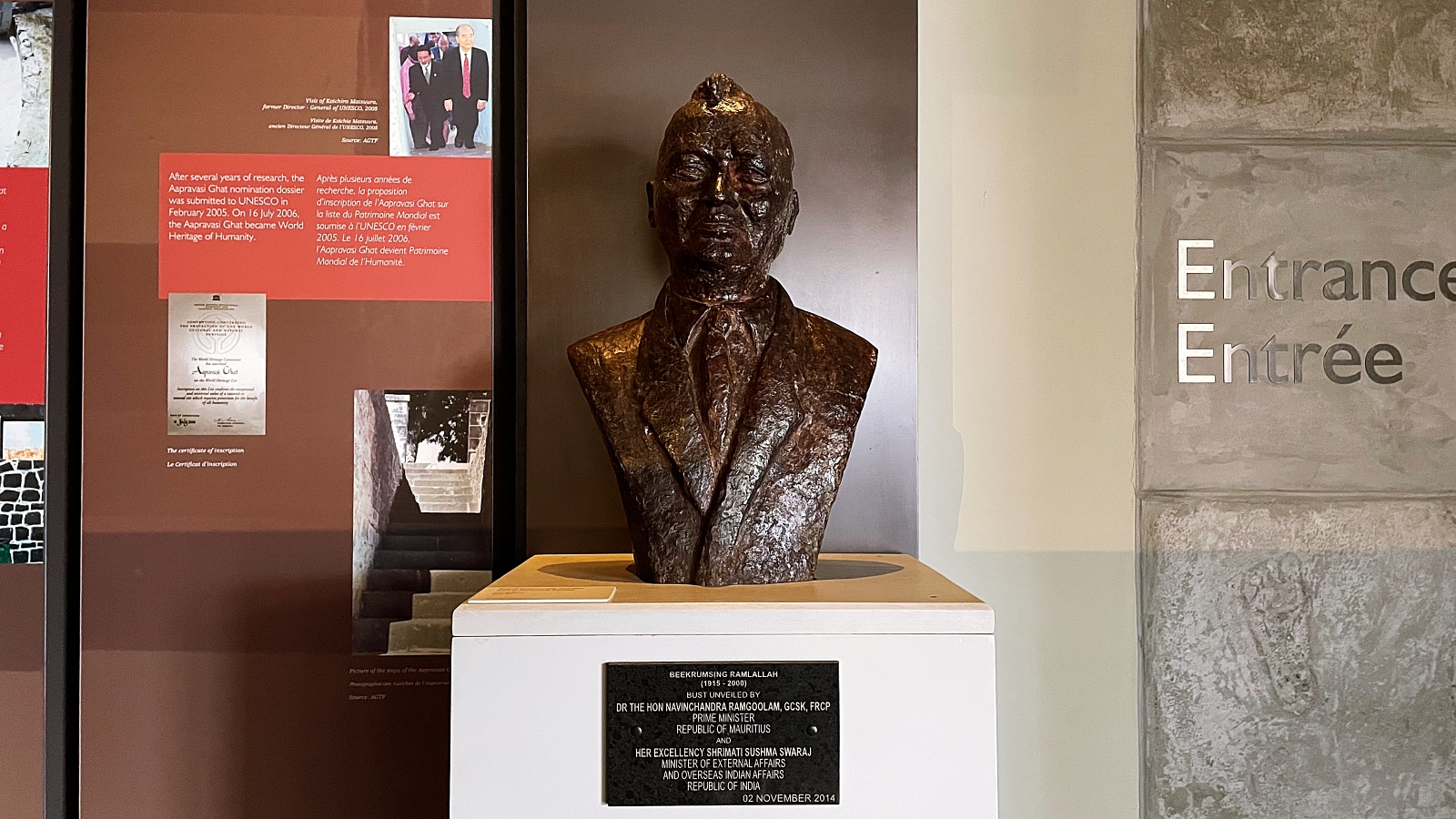
Coolie Ghat was designated a National Monument in April 1987. Due to the negative connotations associated with the nickname Coolie, the Coolie Ghat was renamed Aapravsi Ghat in 1989. In Hindi, Aapravasi Ghat means “land of immigration”. Today, the museum is a tribute to human contract immigration.
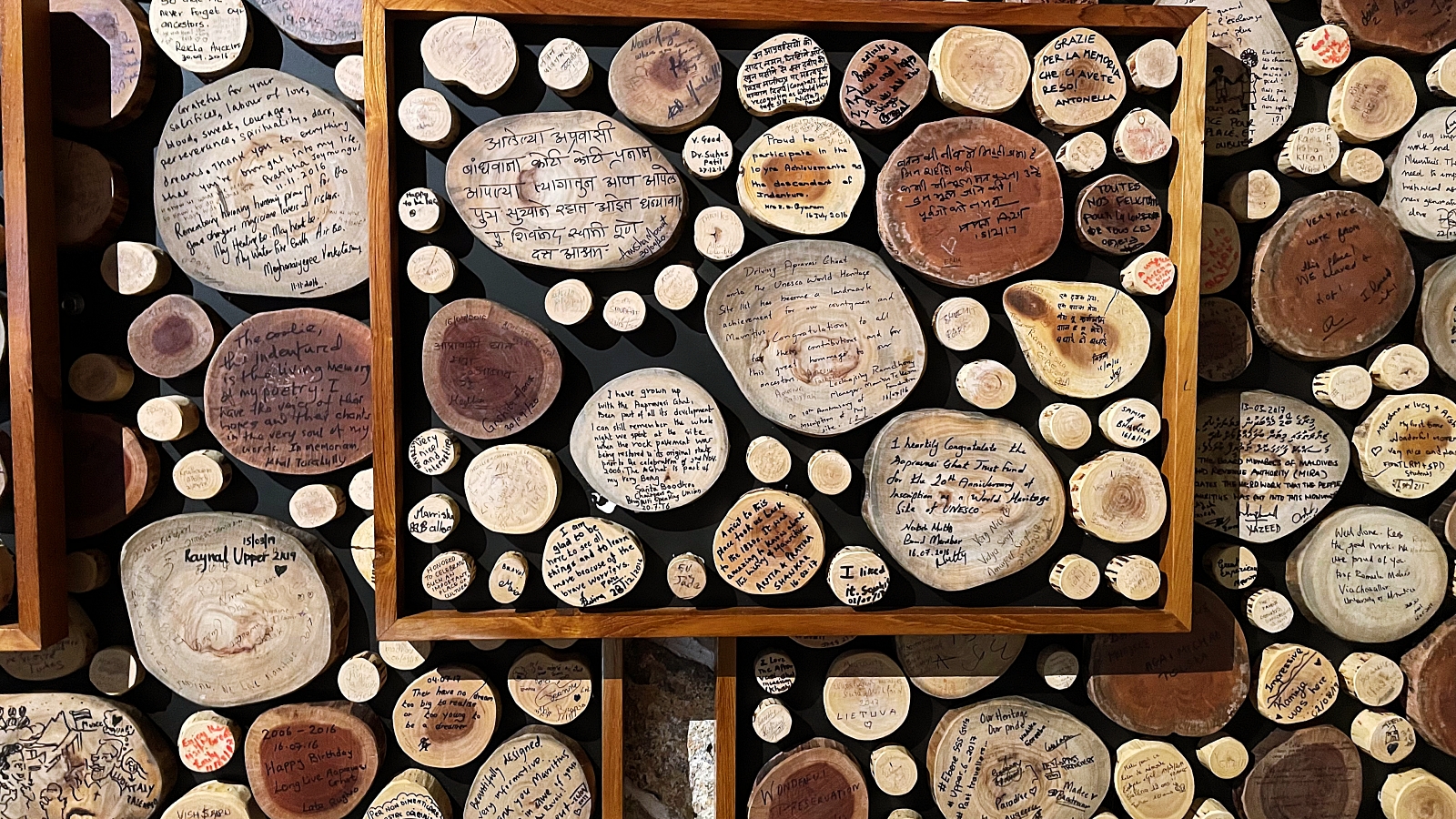
November 2, 2001 was declared a public holiday in honor of indentured labor in July 2001. I still remember the whole evening we spent at the site when the rocky pavement was being restored to its original state prior to the November 2, 2006 festivities. AGhat is part of my life,” reads the board signed by Sanita Boodhoo, president of the Bhojpuri Union.
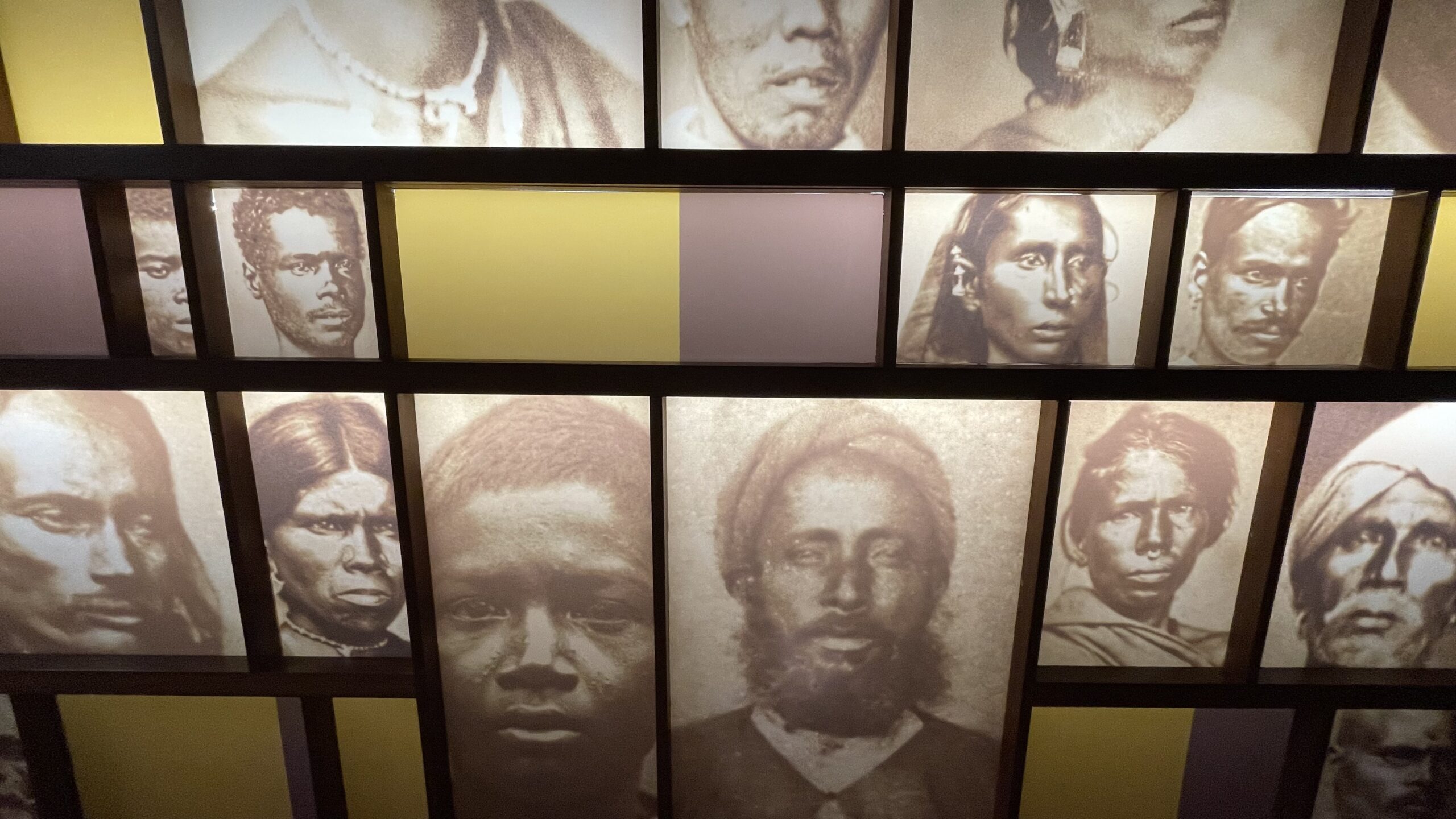
Reading cadre-like notes gives you goosebumps. If anything, life-size images of immigrants will break your heart. Take a guided tour of exhibits including glasses, bowls, saucers, rice wine glasses, wine bottle holders, pipe fragments, plate fragments, lids and soup lids, farming tools, wheels, and oil-burning lamps, among others.
The AGhat tour culminated in a visit to the closed cells and toilets where immigrants showered. Don’t be fooled by the opulent grandeur of these divided rooms; for they are meant to be occupied by multiple people at the same time. Women are only allowed to use the one with the stairs. A huge garden facing the city connects to this space on the first floor. I took a few pictures of the harbour as I climbed down because that’s where you get the best view of it.
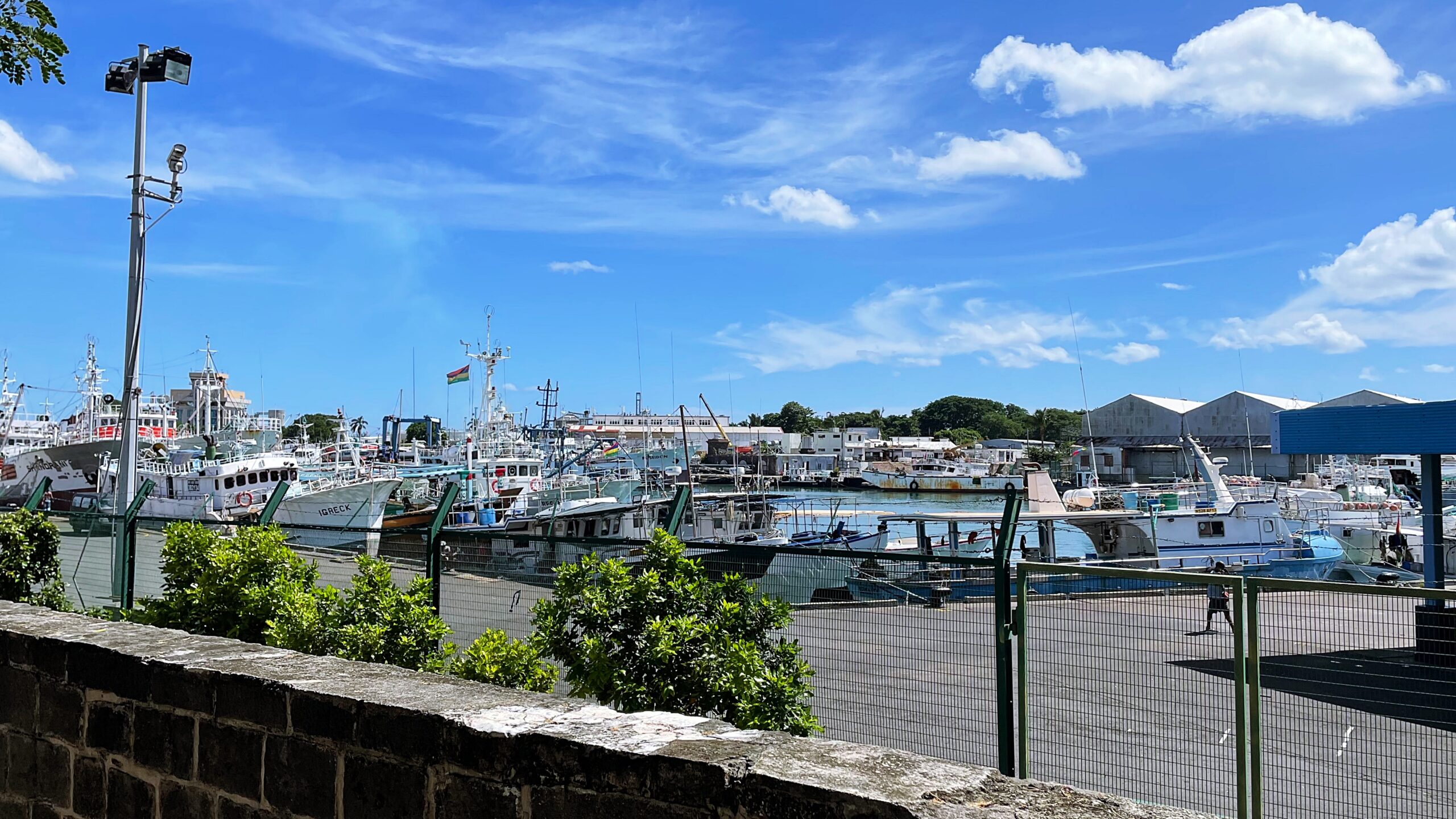
The site of the complex, Trou Fanfaron, was the landing point of the French East India Company when it acquired Mauritius in 1721. In the early stages of settlement, slaves were dragged from Africa, India and Madagascar to build defensive walls and a hospital. In the mid-eighteenth century, slave labor was used to establish sugar cane plantations on the island of Mauritius. Mauritius became British sovereignty in 1810 during the Napoleonic Wars, as reaffirmed by the Treaty of Paris, at a time when the British Empire was increasing its influence in the Indian Ocean region.
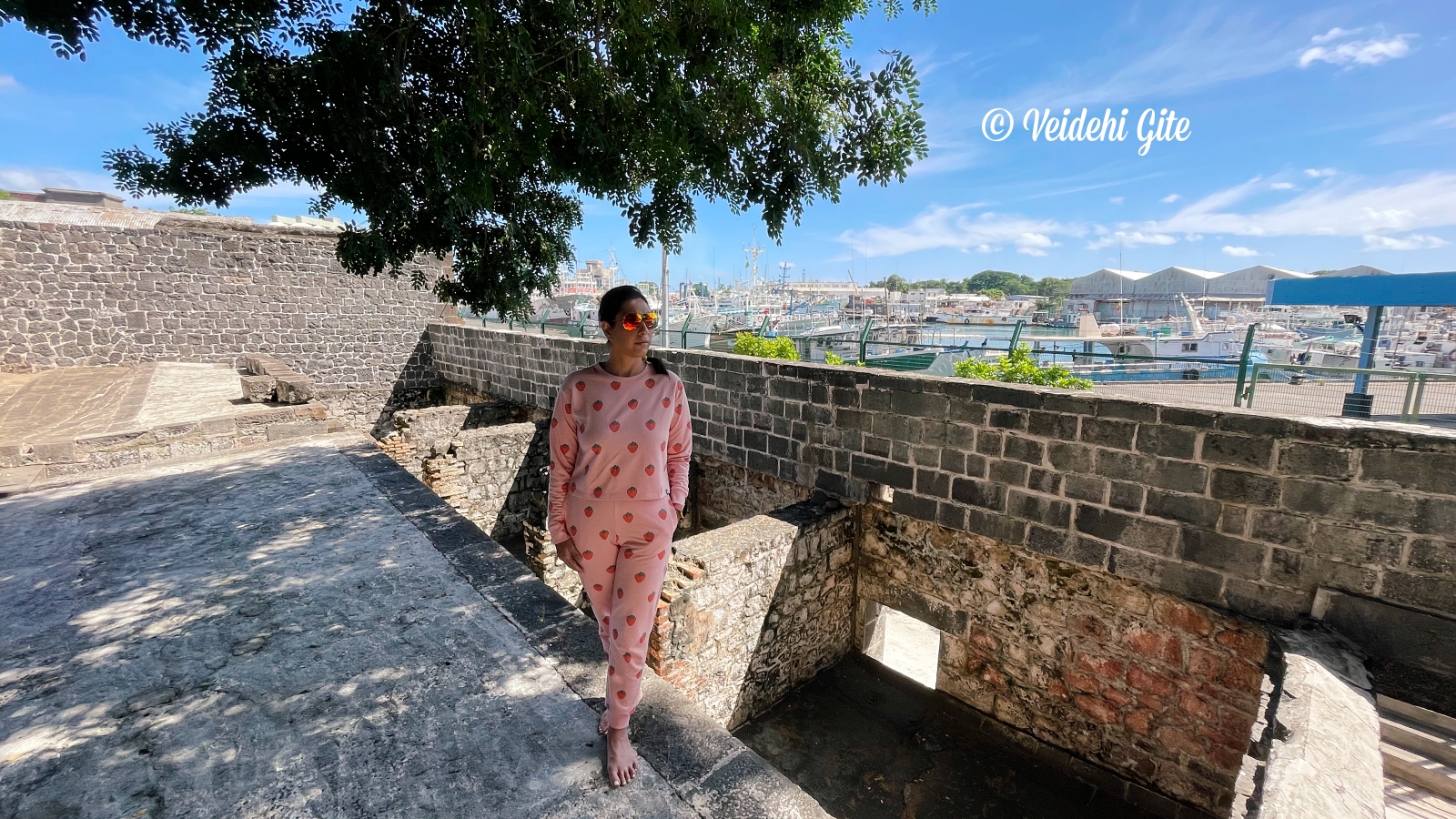
From the mid-18th century, British economic interests led to the expansion of sugar production, which became the most important commodity in European trade, leading to the infrastructure development of Port Louis as a free port. Overall, visiting Aapravasi Ghat helped me understand the psychology of the locals in Mauritius, and while it is difficult to enjoy sugar cane plantations due to historical reasons, the irony is that sugar in Mauritius does play an important role in improving the lives of the islanders. Visit This famous Mauritian monument to better understand the island.
With all that is happening in the world right now, let’s turn our attention to the goals of reform and justice, and the ideas that make the world a better place. Let’s clear the hatred in our hearts and mend the flaws in the Mauritian way.

